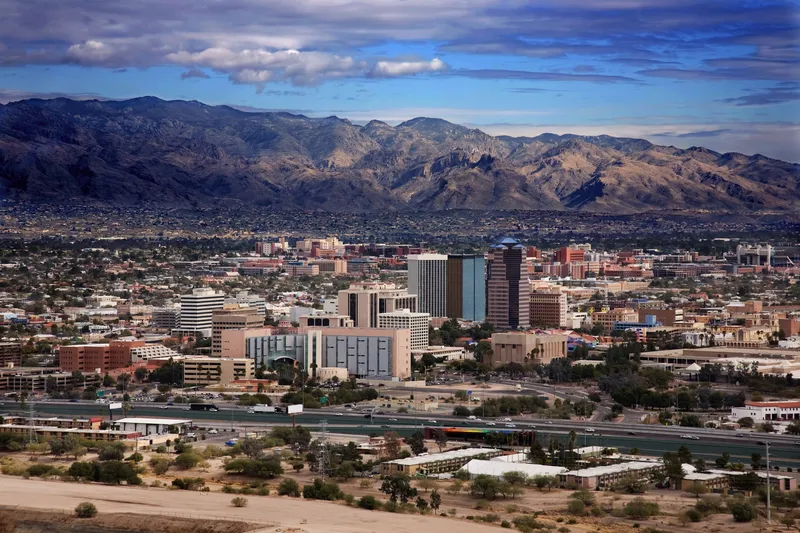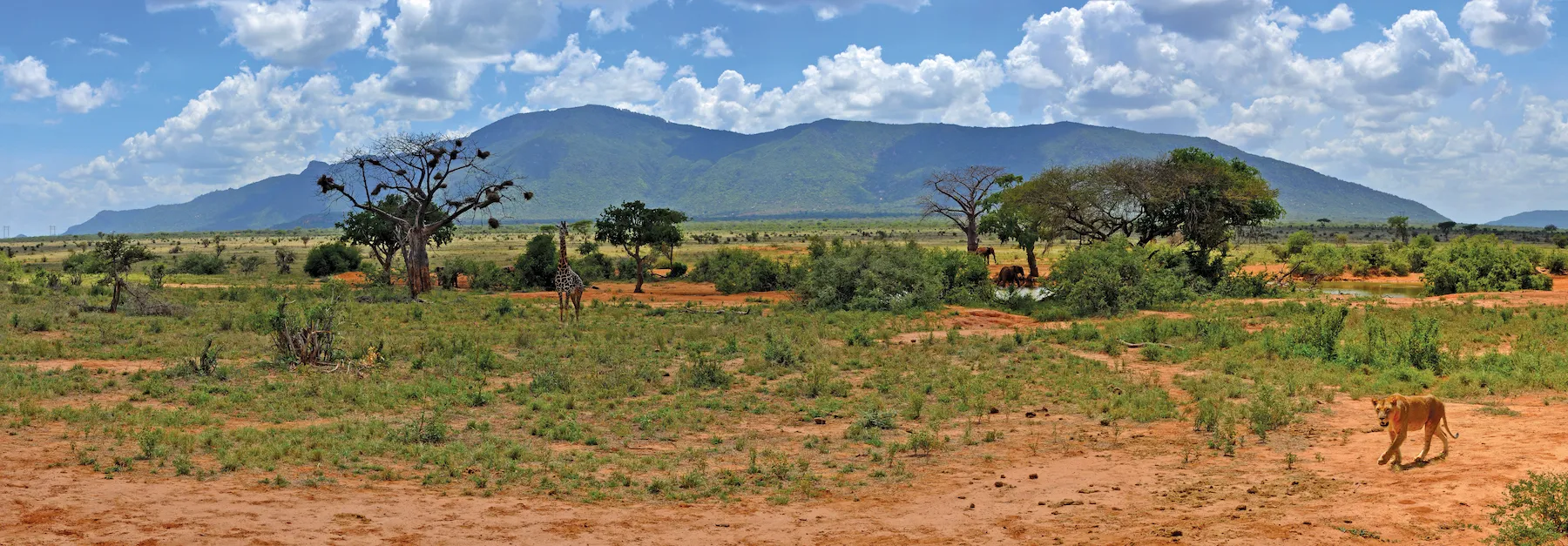A series of major trade routes are being upgraded in Nepal, which are intended to help boost bilateral trade with neighbouring India and China. This will see four key trade routes being upgraded to six lanes. These are the; Butwal-Belhiya, Rani-Ithari, Surybinayak-Dhulikhel and Birgunj-Pathalaiya highway sections. Work is already underway on the Butwal-Belihiya and Rani-Ithari highway sections while work is also being planned for the Suryabinayak-Dhulikhel and Birgunj-Pathalaiya highways. Of the 24km stretc
January 9, 2014
Read time: 2 mins
A series of major trade routes are being upgraded in Nepal, which are intended to help boost bilateral trade with neighbouring India and China. This will see four key trade routes being upgraded to six lanes. These are the; Butwal-Belhiya, Rani-Ithari, Surybinayak-Dhulikhel and Birgunj-Pathalaiya highway sections. Work is already underway on the Butwal-Belihiya and Rani-Ithari highway sections while work is also being planned for the Suryabinayak-Dhulikhel and Birgunj-Pathalaiya highways. Of the 24km stretch of the Butwal- Belhiya road some 5km is being paved with an asphalt concrete pavement featuring a wearing course of 40mm thickness. A similar design is being used on a 3km section of the Rani-Ithari route. For the improvement works to an additional 6km stretch of the Butwal- Belhiya highway and a 5km section of the Rani-Ithari route, the 5283 Nepalese Government is planning to award the work to a contractor shortly. The Nepalese Government has allocated some US$9.61million for the fiscal year 2013/2014 for work on the four routes.
A 15.4km stretch of the Suryabinayak- Dhulikhel route will benefit from funding provided in the shape of a soft loan from the Japanese Government. According to an official at the Nepalese Government; Japan International Co-Operation Agency (6706 JICA) has expressed interest in providing the loan at 0.1% interest keeping 30 years period for payment. The Nepalese Government is planning to implement work to widen a 28km stretch of the Birgunj-Pathlayia route under the BOOT structure.
These routes will be improved including service lanes and equipped with bus stops, traffic lights, necessary measures for safety, parking, signs and bridges.
The government is expecting to address the problems faced by Nepalese cross border trade after these routes are completed and the work will help improve the country’s economy overall. The Nepalese Government also aims to improve the country’s rating in the2332 World Bank’s international business index.
A 15.4km stretch of the Suryabinayak- Dhulikhel route will benefit from funding provided in the shape of a soft loan from the Japanese Government. According to an official at the Nepalese Government; Japan International Co-Operation Agency (
These routes will be improved including service lanes and equipped with bus stops, traffic lights, necessary measures for safety, parking, signs and bridges.
The government is expecting to address the problems faced by Nepalese cross border trade after these routes are completed and the work will help improve the country’s economy overall. The Nepalese Government also aims to improve the country’s rating in the







